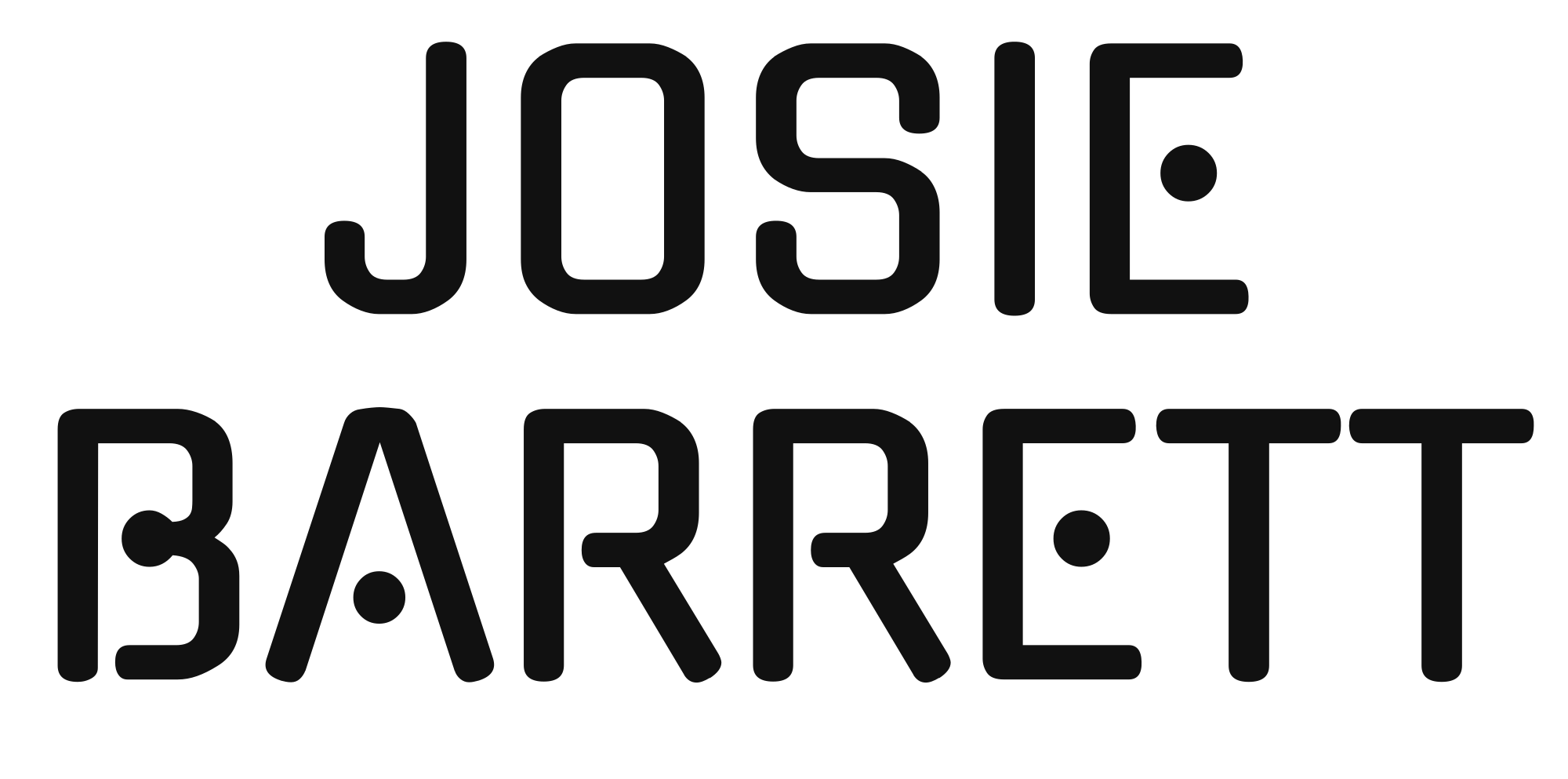Understanding Panromanticism
Panromanticism is an orientation characterized by romantic attraction to people regardless of their gender identity or expression. Unlike other orientations that focus on specific genders, panromantics find themselves drawn to individuals based on personality, shared values, and emotional connection, transcending the limitations of traditional gender categories.
Definition
Panromanticism is an orientation characterized by romantic attraction to people regardless of their gender identity or expression. Unlike other orientations that focus on specific genders, panromantics find themselves drawn to individuals based on personality, shared values, and emotional connection, transcending the limitations of traditional gender categories.
Core Principles
Panromanticism is an orientation characterized by romantic attraction to people regardless of their gender identity or expression. Unlike other orientations that focus on specific genders, panromantics find themselves drawn to individuals based on personality, shared values, and emotional connection, transcending the limitations of traditional gender categories.
Core to panromanticism is the belief that romantic attraction is not inherently tied to gender. Panromantics see people as individuals first and foremost, valuing their unique qualities and personalities over rigid gender roles or stereotypes. This means they can be attracted to people who identify as male, female, non-binary, genderfluid, or any other gender identity.
Panromanticism emphasizes emotional connection and compatibility as primary factors in romantic attraction. Shared interests, values, and a sense of understanding are important to panromantics, regardless of the individual’s gender.
It is important to note that panromanticism is distinct from bisexuality, which typically refers to attraction to two genders (typically male and female). Panromanticism encompasses attraction beyond this binary, extending to all genders.
Distinction from Other Orientations
Panromanticism is an orientation characterized by romantic attraction to people regardless of their gender identity or expression. Unlike other orientations that focus on specific genders, panromantics find themselves drawn to individuals based on personality, shared values, and emotional connection, transcending the limitations of traditional gender categories.
Core to panromanticism is the belief that romantic attraction is not inherently tied to gender. Panromantics see people as individuals first and foremost, valuing their unique qualities and personalities over rigid gender roles or stereotypes. This means they can be attracted to people who identify as male, female, non-binary, genderfluid, or any other gender identity.
Panromanticism emphasizes emotional connection and compatibility as primary factors in romantic attraction. Shared interests, values, and a sense of understanding are important to panromantics, regardless of the individual’s gender.
It is important to note that panromanticism is distinct from bisexuality, which typically refers to attraction to two genders (typically male and female). Panromanticism encompasses attraction beyond this binary, extending to all genders.
Experiences of Panromantic Individuals
Panromanticism is a beautiful and often misunderstood orientation. It centers around the belief that romantic love knows no bounds when it comes to gender identity or expression. Unlike orientations that are confined by specific genders, panromantics are drawn to individuals based on a deeper connection – personality traits, shared values, and emotional resonance. They see people as individuals first and foremost, celebrating their unique qualities rather than adhering to rigid societal norms surrounding gender roles.
Attraction Spectrum
Panromanticism is an orientation characterized by romantic attraction to people regardless of their gender identity or expression. Unlike other orientations that focus on specific genders, panromantics find themselves drawn to individuals based on personality, shared values, and emotional connection, transcending the limitations of traditional gender categories.
Core to panromanticism is the belief that romantic attraction is not inherently tied to gender. Panromantics see people as individuals first and foremost, valuing their unique qualities and personalities over rigid gender roles or stereotypes. This means they can be attracted to people who identify as male, female, non-binary, genderfluid, or any other gender identity.
Panromanticism emphasizes emotional connection and compatibility as primary factors in romantic attraction. Shared interests, values, and a sense of understanding are important to panromantics, regardless of the individual’s gender.
It is important to note that panromanticism is distinct from bisexuality, which typically refers to attraction to two genders (typically male and female). Panromanticism encompasses attraction beyond this binary, extending to all genders.

Living as a panromantic individual often involves navigating societal norms and misconceptions surrounding gender and attraction. Panromantics may encounter individuals who struggle to understand their orientation or who try to categorize them within traditional binaries. It’s crucial for panromantics to advocate for themselves, educate others about panromanticism, and celebrate the beauty of finding connection based on shared values and emotional resonance.
Romantic Relationships
Panromanticism is an orientation characterized by romantic attraction to people regardless of their gender identity or expression. Unlike other orientations that focus on specific genders, panromantics find themselves drawn to individuals based on personality, shared values, and emotional connection, transcending the limitations of traditional gender categories.
Panromantic relationships can take many forms just like any other romantic relationship. They can involve couples where both partners identify as panromantic, or they can involve one panromantic person and one who identifies with a different orientation. The key element is that both individuals are able to connect on an emotional level and build a loving and fulfilling relationship.
One of the most rewarding aspects of being panromantic is the freedom to love whomever you feel drawn to, regardless of societal expectations or labels. It allows for greater diversity and inclusivity in romantic relationships, celebrating the unique qualities of each individual.
Challenges and Stigma
Panromanticism is a beautiful and often misunderstood orientation. It centers around the belief that romantic love knows no bounds when it comes to gender identity or expression. Unlike orientations that are confined by specific genders, panromantics are drawn to individuals based on a deeper connection – personality traits, shared values, and emotional resonance. They see people as individuals first and foremost, celebrating their unique qualities rather than adhering to rigid societal norms surrounding gender roles.
Living as a panromantic individual often involves navigating societal norms and misconceptions surrounding gender and attraction. Panromantics may encounter individuals who struggle to understand their orientation or who try to categorize them within traditional binaries. It’s crucial for panromantics to advocate for themselves, educate others about panromanticism, and celebrate the beauty of finding connection based on shared values and emotional resonance.
Panromantic relationships can take many forms just like any other romantic relationship. They can involve couples where both partners identify as panromantic, or they can involve one panromantic person and one who identifies with a different orientation. The key element is that both individuals are able to connect on an emotional level and build a loving and fulfilling relationship.

One of the most rewarding aspects of being panromantic is the freedom to love whomever you feel drawn to, regardless of societal expectations or labels. It allows for greater diversity and inclusivity in romantic relationships, celebrating the unique qualities of each individual.
Representation and Advocacy
Representation and advocacy are vital for fostering understanding and acceptance of diverse identities within society.
Visibility in Media and Culture
Representation and advocacy are vital for fostering understanding and acceptance of diverse identities within society.
- Increased visibility of panromantic individuals in media, literature, and popular culture can help normalize the orientation and challenge misconceptions.
- Sharing personal stories and experiences can create empathy and break down stereotypes associated with panromanticism.
- Advocating for inclusive language and policies that protect the rights of all individuals, regardless of their sexual orientation or gender identity, is essential.
Community Building and Support
Representation and advocacy are vital for fostering understanding and acceptance of diverse identities within society.
Increased visibility of panromantic individuals in media, literature, and popular culture can help normalize the orientation and challenge misconceptions.
Sharing personal stories and experiences can create empathy and break down stereotypes associated with panromanticism.
Advocating for inclusive language and policies that protect the rights of all individuals, regardless of their sexual orientation or gender identity, is essential.
Community building and support are crucial for panromantics to feel connected, validated, and empowered.
Online platforms, social media groups, and local meetups provide spaces for panromantics to connect with others who understand their experiences.
These communities offer a sense of belonging, a space to share challenges and triumphs, and opportunities for learning and growth.
Supportive friends and family can also make a significant difference in the lives of panromantic individuals.
Creating an environment where panromantics feel safe to express themselves openly and authentically is essential for their well-being.
By fostering understanding, empathy, and acceptance, communities and supportive relationships can create a more inclusive world for panromantics.
Political Activism and Social Change
Panromanticism is an orientation characterized by romantic attraction to people regardless of their gender identity or expression. Unlike other orientations that focus on specific genders, panromantics find themselves drawn to individuals based on personality, shared values, and emotional connection, transcending the limitations of traditional gender categories.
Core to panromanticism is the belief that romantic attraction is not inherently tied to gender. Panromantics see people as individuals first and foremost, valuing their unique qualities and personalities over rigid gender roles or stereotypes. This means they can be attracted to people who identify as male, female, non-binary, genderfluid, or any other gender identity.
Panromanticism emphasizes emotional connection and compatibility as primary factors in romantic attraction. Shared interests, values, and a sense of understanding are important to panromantics, regardless of the individual’s gender.
It is important to note that panromanticism is distinct from bisexuality, which typically refers to attraction to two genders (typically male and female). Panromanticism encompasses attraction beyond this binary, extending to all genders.
Representation and advocacy are vital for fostering understanding and acceptance of diverse identities within society.
Increased visibility of panromantic individuals in media, literature, and popular culture can help normalize the orientation and challenge misconceptions.
Sharing personal stories and experiences can create empathy and break down stereotypes associated with panromanticism.
Advocating for inclusive language and policies that protect the rights of all individuals, regardless of their sexual orientation or gender identity, is essential.
Community building and support are crucial for panromantics to feel connected, validated, and empowered.
Online platforms, social media groups, and local meetups provide spaces for panromantics to connect with others who understand their experiences.
These communities offer a sense of belonging, a space to share challenges and triumphs, and opportunities for learning and growth.
Supportive friends and family can also make a significant difference in the lives of panromantic individuals.
Creating an environment where panromantics feel safe to express themselves openly and authentically is essential for their well-being.
By fostering understanding, empathy, and acceptance, communities and supportive relationships can create a more inclusive world for panromantics.
Panromanticism in Everyday Life
Panromanticism is a beautiful and often misunderstood orientation that centers around the belief that romantic love knows no bounds when it comes to gender identity or expression. Unlike orientations confined by specific genders, panromantics are drawn to individuals based on deeper connections—personality traits, shared values, and emotional resonance. They see people as individuals first and foremost, celebrating their unique qualities rather than adhering to rigid societal norms surrounding gender roles.
Language and Terminology
Panromanticism is an orientation where individuals experience romantic attraction regardless of a person’s gender identity or expression. Unlike orientations that focus on specific genders, panromantics are drawn to people based on personality traits, shared values, and emotional connections, transcending traditional gender categories.
Core to panromanticism is the belief that romantic attraction isn’t inherently linked to gender. Panromantics view individuals as unique entities, valuing their qualities and personalities over societal expectations tied to gender roles. This means they can be attracted to people who identify as male, female, non-binary, genderfluid, or any other gender identity.
Panromanticism emphasizes emotional connection and compatibility as fundamental aspects of romantic attraction. Shared interests, values, and a sense of understanding are crucial for panromantics, regardless of someone’s gender.
It is important to distinguish panromanticism from bisexuality. While bisexuality typically refers to attraction to two genders (often male and female), panromanticism encompasses attraction to all genders, extending beyond this binary.
Living as a panromantic individual often involves navigating societal norms and misconceptions surrounding gender and attraction. Panromantics may encounter individuals who struggle to understand their orientation or try to categorize them within traditional binaries. It is crucial for panromantics to advocate for themselves, educate others about panromanticism, and celebrate the beauty of finding connection based on shared values and emotional resonance.
Navigating Social Norms
Panromanticism is a beautiful and often misunderstood orientation that centers around the belief that romantic love knows no bounds when it comes to gender identity or expression. Unlike orientations confined by specific genders, panromantics are drawn to individuals based on deeper connections—personality traits, shared values, and emotional resonance. They see people as individuals first and foremost, celebrating their unique qualities rather than adhering to rigid societal norms surrounding gender roles.
Living as a panromantic individual often involves navigating societal norms and misconceptions surrounding gender and attraction. Panromantics may encounter individuals who struggle to understand their orientation or try to categorize them within traditional binaries. It is crucial for panromantics to advocate for themselves, educate others about panromanticism, and celebrate the beauty of finding connection based on shared values and emotional resonance.
Panromantic relationships can take many forms just like any other romantic relationship. They can involve couples where both partners identify as panromantic, or they can involve one panromantic person and one who identifies with a different orientation. The key element is that both individuals are able to connect on an emotional level and build a loving and fulfilling relationship.
One of the most rewarding aspects of being panromantic is the freedom to love whomever you feel drawn to, regardless of societal expectations or labels. It allows for greater diversity and inclusivity in romantic relationships, celebrating the unique qualities of each individual.
Representation and advocacy are vital for fostering understanding and acceptance of diverse identities within society. Increased visibility of panromantic individuals in media, literature, and popular culture can help normalize the orientation and challenge misconceptions. Sharing personal stories and experiences can create empathy and break down stereotypes associated with panromanticism. Advocating for inclusive language and policies that protect the rights of all individuals, regardless of their sexual orientation or gender identity, is essential.
Community building and support are crucial for panromantics to feel connected, validated, and empowered. Online platforms, social media groups, and local meetups provide spaces for panromantics to connect with others who understand their experiences. These communities offer a sense of belonging, a space to share challenges and triumphs, and opportunities for learning and growth. Supportive friends and family can also make a significant difference in the lives of panromantic individuals. Creating an environment where panromantics feel safe to express themselves openly and authentically is essential for their well-being. By fostering understanding, empathy, and acceptance, communities and supportive relationships can create a more inclusive world for panromantics.
Personal Growth and Self-Discovery
Panromanticism is a beautiful and often misunderstood orientation. At its core, it’s about recognizing that romantic love transcends the limitations of gender. Panromantics are drawn to people based on their individual qualities—their personality, values, sense of humor, shared interests—rather than adhering to rigid societal norms around gender roles or stereotypes.
Living as a panromantic can mean navigating a world that often tries to categorize and confine individuals within binary boxes. Panromantics may encounter people who struggle to understand their orientation or try to force them into traditional labels. It’s important for panromantics to advocate for themselves, educate others about panromanticism, and celebrate the freedom and richness that comes from loving whomever they connect with authentically.
One of the most rewarding aspects of being panromantic is the potential for deep and meaningful connections based on genuine compatibility, regardless of gender identity. Panromantic relationships can be just as diverse and fulfilling as any other type of romantic relationship. They celebrate individuality and the beauty of finding love in unexpected places.
Representation and advocacy are crucial for creating a more inclusive and accepting society for panromantics. Seeing panromantic individuals represented positively in media, literature, and popular culture helps normalize the orientation and challenges misconceptions. Sharing personal stories and experiences can foster empathy and understanding, breaking down stereotypes associated with panromanticism.
Furthermore, advocating for policies that protect the rights of all individuals, regardless of their sexual orientation or gender identity, is essential for creating a world where everyone feels safe and empowered to live authentically.
Finally, strong communities and support systems are vital for panromantics. Online platforms, social media groups, and local meetups provide spaces for connection, validation, and shared experiences. Supportive friends and family create a safe environment where panromantic individuals can express themselves openly and authentically. By fostering understanding, empathy, and acceptance, we can build a more inclusive world that celebrates the beauty of diverse love stories.
spider-man sex position
Go through every angle
Visit the source to learn more
- Jaw Fillers For A Defined Jawline Near Ashford, Surrey - September 23, 2025
- Filler For Recessed Chin In Ewell, Surrey - September 23, 2025
- Downturned Smile Treatment Near Oxted, Surrey - September 22, 2025
